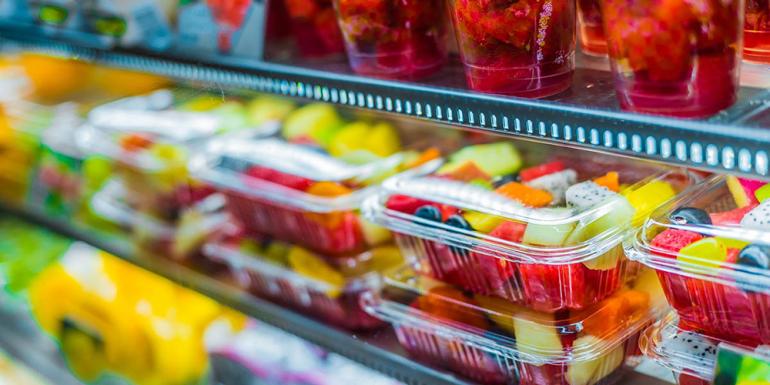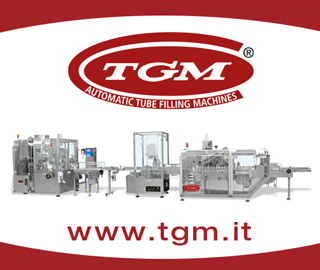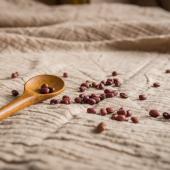Fruit & Vegetable Packaging, 2025 trends
The Bestack consortium gives an overview of sector in which packaging is strategic.
Fruit and vegetables are a key element of a mini-revolution linked to both lifestyles and a growing attention to sustainability which is increasingly central along the entire supply chain where packaging plays an important role. The Bestack consortium, which brings together a selection of important operators specialised in packaging solutions in corrugated cardboard, has offered some observations that relate new lifestyle and consumption habits to fruit and vegetable packaging solutions.
New food trends
Underpinning the consortium’s considerations is the research of the food manufacturer ADM, which has recently published its Flavor and Color Outlook 2024 report, an analysis focused on consumer trends in the agrifood sector that starts from the observation of two unusual elements: colour and taste.
According to the report, the strengthening of the perception of “Food as medicine”, in which “functional” food is increasingly gaining ground, especially with regards to fruits such as citrus fruits and berries and green leafy vegetables, stands out among emerging trends.
Health and environmentalism are the plant-based common denominator, driven by a growing sensitivity towards the reduction of meat consumption as a key factor for tackling the climate emergency.In this context, in which due consideration is given to the quality and culture of good food, the consumer is not giving up the search for convenience, but follows the so-called “dare to #Dupe” approach. This is a tendency to look for quality solutions at lower prices by choosing an unbranded product, a “copy” of the premium end but fully able to replicate the experience in terms of colour and tastes.
Colour and taste are, in fact, two factors that are driving consumer choices, with the search for solutions defined as “audacious”, in order to try out non-conventional, innovative foods characterising a particular lifestyle. These include, by way of example, fermented-based niche products like kombucha and kimchi or spicy dishes and with a strong visual impact like turmeric and chilli. Tastes and colours are, therefore, associated with beneficial healthy or stimulating qualities, concepts conveyed precisely by bold colours, exotic contents, and intense and unconventional flavours.
Consumers are changing their habits without abandoning convenience and accessibility, but seeing the consumption experience as reflecting their identity. The care taken with diets and the choice of sophisticated foods is, in fact, often associated with the concept of sustainable luxury, with growing attention towards the environmental and social impact of consumption habits. “Luxe Self-Expression” sees food eating habits as a means of communicating personality and social status.

A look at packaging
In an increasingly sophisticated and attentive market regarding form and substance, packaging is recognized as a sensorial, informative experience and the first contact with the product, performing, therefore, a crucial role. Packaging design, innovative and sustainable materials and smart labels are essential elements for a journey that starts from communication and information, continuing with the protection of the product and the health of the consumer, and concluding with recycling, the last act of a sustainable choice in every phase. In addition, labels, QR codes and Rfid, useful for the consumer and logistics chain, permit a Phigital experience, integrating information and extra contents, in which transparency regarding the production chain, the composition of the product and nutritional information, respond to the principles of “Health Without Stealth”, which puts health, wellbeing and sustainability in the centre.
Packaging is, therefore, becoming a vehicle of information without losing its central role as a tool for protecting and preserving the product with a view to reducing waste, in a market in which, according to Bestack, corrugated cardboard is an essential component, particularly for the distribution of products such as fruit and vegetables.




















